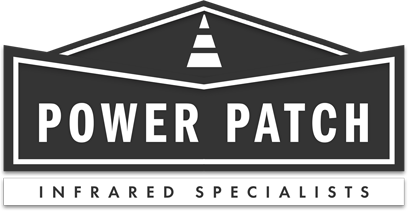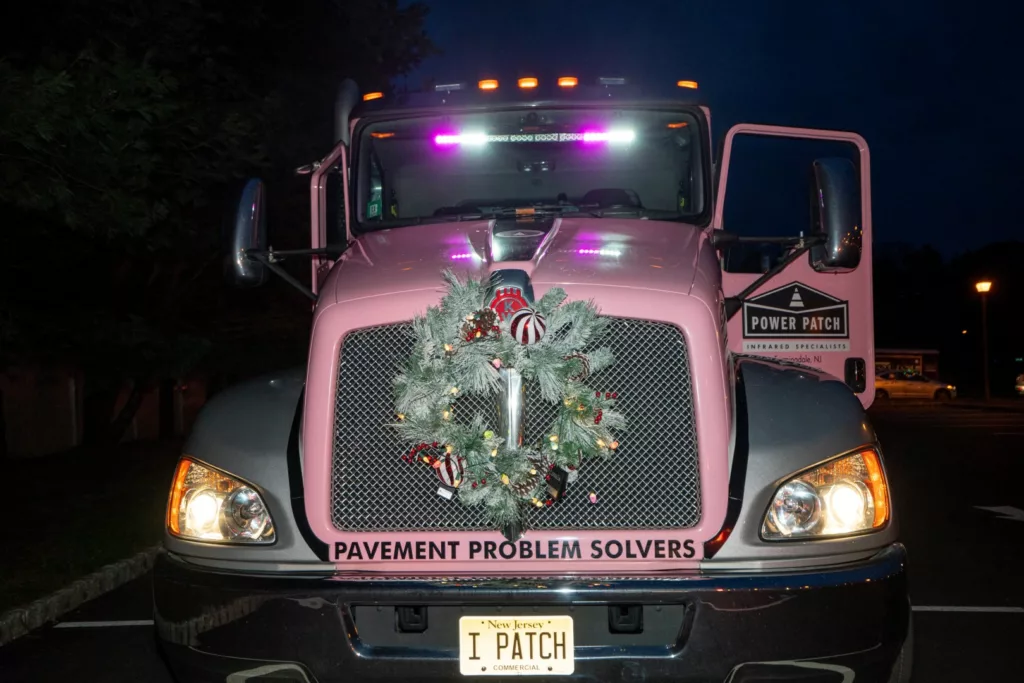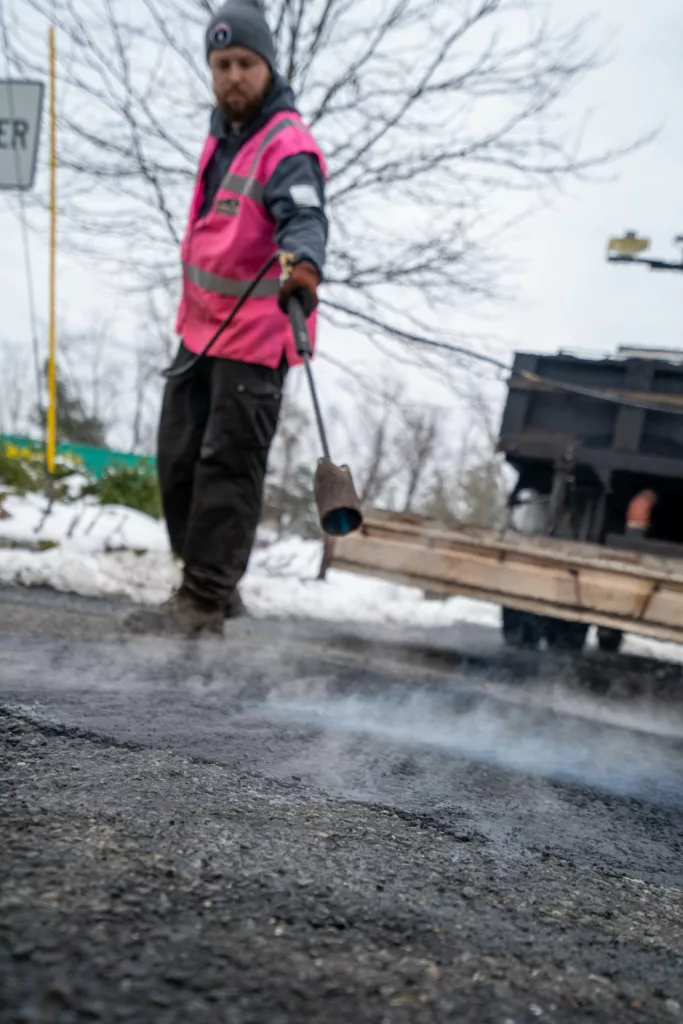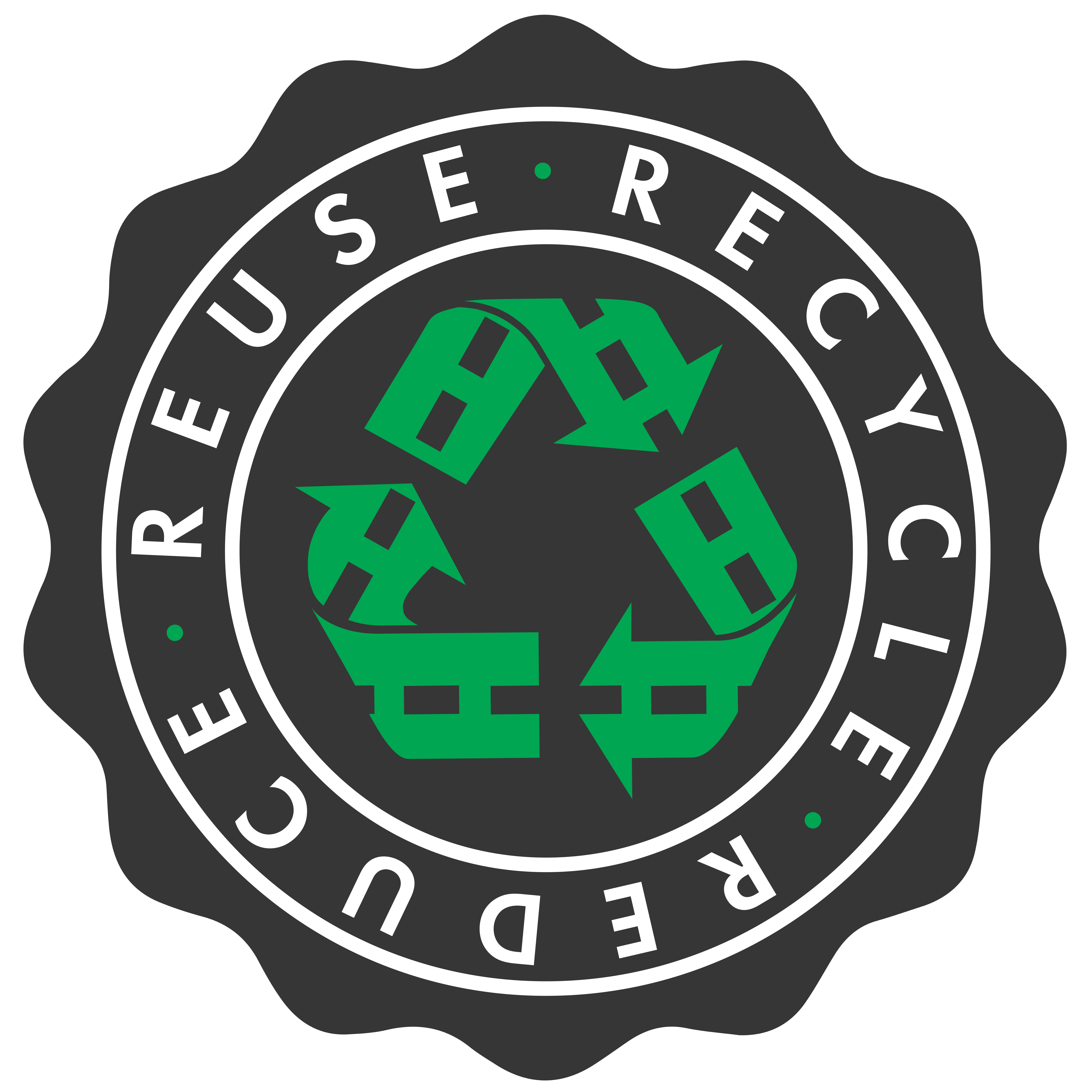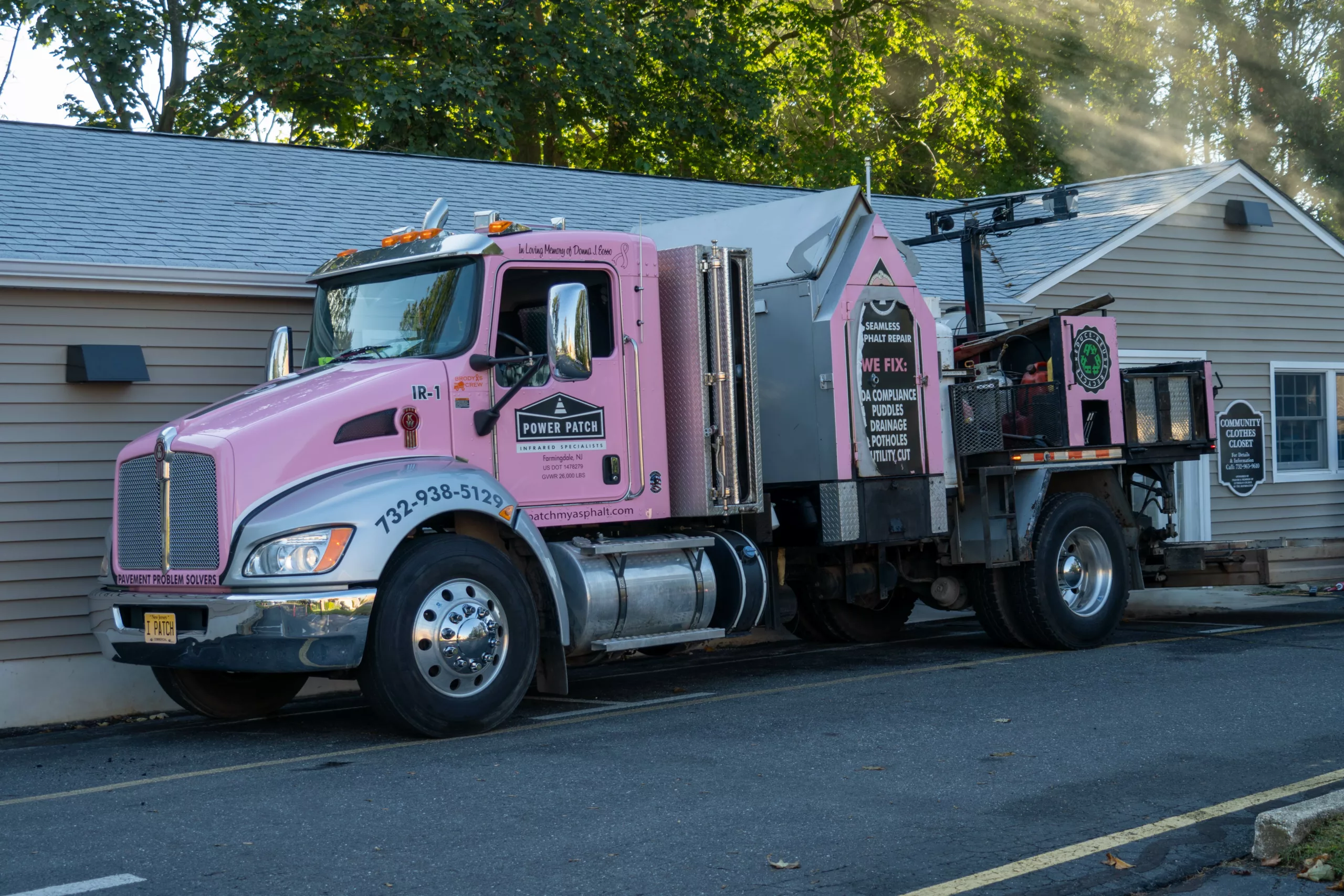

Potholes, utility settlements, trip hazards and water puddling have many communities scratching their heads. These are all problems we are facing on our communities’ roads as we transition from Winter to Spring. Maintaining such problems may have gotten a little easier with patching by way of INFRARED PAVEMENT TECHNOLOGY. The infrared process may be new to many communities, but in fact this technology has been being perfected for 15 plus years. Contractors have been offering this process to communities for many reasons. Infrared offers a seamless bond to the surrounding asphalt surfaces, so water will not penetrate the edges and cause premature asphalt failure. This process can also eliminate the need to reconstruct failing areas. Infrared works on both old and new asphalt surfaces offering quick and permanent asphalt repairs. In most cases the area can be re-opened within 15 minutes after completion. Infrared patching is also an effective way to patch in the winter months when asphalt plants are closed down. One of the greatest benefits any contractor can offer a community is a process that saves money. To a community infrared is cost effective simply because less manpower, equipment, material, debris and working hours equals more savings.


INFRARED AND THE WAY IT WORKS
Infrared patching is like a huge heater. The heater is called the chamber which is either truck mounted or trailer mounted. The chamber is heated by propane, which is dispersed by blowers to create radiant heat. Radiant heat is an important factor in this process. This is because it penetrates asphalt without burning the oils from the existing pavement surface. The heat chamber is 6’x8′ with the option of using half the chamber if needed 4’x6′. The infrared unit is equipped with a 2-4 ton hot box to either keep new material hot or reclaim old material if needed. Most units have a waste bin to dispose of all debris accumulated from that days work. The contractor will also use either a roller or compactor to achieve compaction and smooth finish.
After the initial meeting with the property manager or homeowner and the areas have been chosen, typically the infrared can complete an average anywhere between 800-1,500 square feet of patching per day. Most contractors charge a daily rate or by the square foot. Temperature and age of asphalt play an important role in production. The production in the summer on new asphalt obviously the production would be greater than the winter months on the same asphalt surface.
At the start of the infrared process most contractors will mark out areas using a chalk line or paint. To achieve maximum penetration with the infrared, the work
area must be thoroughly cleaned of all loose asphalt, dirt, and other debris prior to work being started. The infrared unit will be positioned 1′ beyond work area to assure the unique seamless bond infrared offers. The heat time from the start to finish can range anywhere from 10-15 minutes per heat. So if you had an area 40′ long and each heat was taking 15 minutes this area would take approximately 2 hours to complete. Once again temperature and the age of asphalt play an important role. When the asphalt surface has been reheated to a workable temperature the area will be raked (scarified) following a straight line, the asphalt will either be removed or added as needed. The area will then be finished, raked and checked with a six foot level to assure water is running properly. After the area is swept clean of debris outside of the work area, the patch will be compacted to a smooth finish.
Infrared pavement technology is a great way to tackle most of your pavement maintenance issues permanently and cost effectively. When comparing infrared patching to other methods, it’s significantly lower in cost. It saves the cost of a temporary patch because it can be done in any temperature.


By: Anthony Eosso
Eosso Brothers Paving, Inc.
